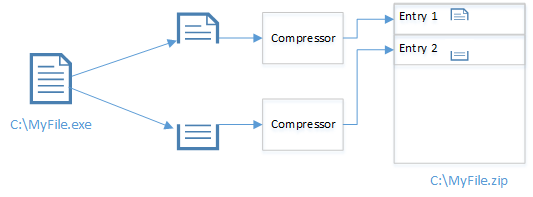Benchmarking Box2D Based Physics Engines
With the help of Paril - the developer of Box2C - I've made a benchmark of the following engines:
- jBox2D rev 261 trunk
- Box2D 2.2
- Box2D 2.1.2
- Box2C rev 20 (wrapper for Box2D 2.1.2)
- Farseer Physics Engine 3.2
I were quite surprised by the findings, so I decided to post them here.
I benchmarked the different engines using the Pyramid test from the Box2D Testbed. We used a pyramid base count of 35 that resulted in 630 stacked boxes at once. We found that higher base count resulted in too much breakup in the pyramid in the engines based on Box2D 2.2. I started the tests and waited for the solver to converge and the timer output became steady. I repeated this several times to make sure the results were consistent.
Test system
2 x Quad core Xeon 2.33 Ghz 1333 Mhz FSB
6 Gb FBDIMM RAM
Geforce 7900 GT 256 Mb RAM
Running Windows 7 64Bit with as few applications as possible.
Box2D Settings
Velocity iterations: 8
Position iterations: 3
CCD: Enabled
Sleeping: Disabled
Warmstarting: Enabled
Rest of the settings are the Box2D defaults.
Results
jBox2D rev 261 trunk (Fastmath = false to the right)
Box2D 2.2
Box2D 2.1.2
Box2C rev 20
Farseer Physics Engine 3.2
| Engine: | Time | Notes |
| jBox2D rev 261 | 11/12 ms | Unstable pyramid when fastmath was set to true – I clocked it at 11 ms. Some boxes fell of the top and fell outside the screen. With fastmath = false, the simulation was a bit more stable, but also a bit more wobbly. Turing off fastmath resulted in 1 ms slower simulation (total: 12 ms) |
| Box2D 2.2.0 | 8 ms | |
| Box2D 2.1.2 | 10 ms | Simulation seems more rigid than Box2D 2.2.0 and the pyramid looks perfect. |
| Box2C rev 20 | 13 ms | 3 ms slower because of the overhead of being a C# wrapper. |
| Farseer Physics Engine 3.2 | 6 ms |
Conclusion
Farseer Physics Engine 3.2 is by far the fastest of the engines, which might seem a little odd considering it is a direct port of Box2D 2.2.0 and written in C#. However, due to the heavy manual optimizations done to the collision system, it manages to be even more efficient than the original Box2D library. I’m not sure how different jBox2D is from Box2D 2.2 seeing as it produces different results from the rest of the engines, but 11-12 ms is a pretty good result considering it is written entirely in Java.








Comments
Thank you, and good day.
Post a Comment